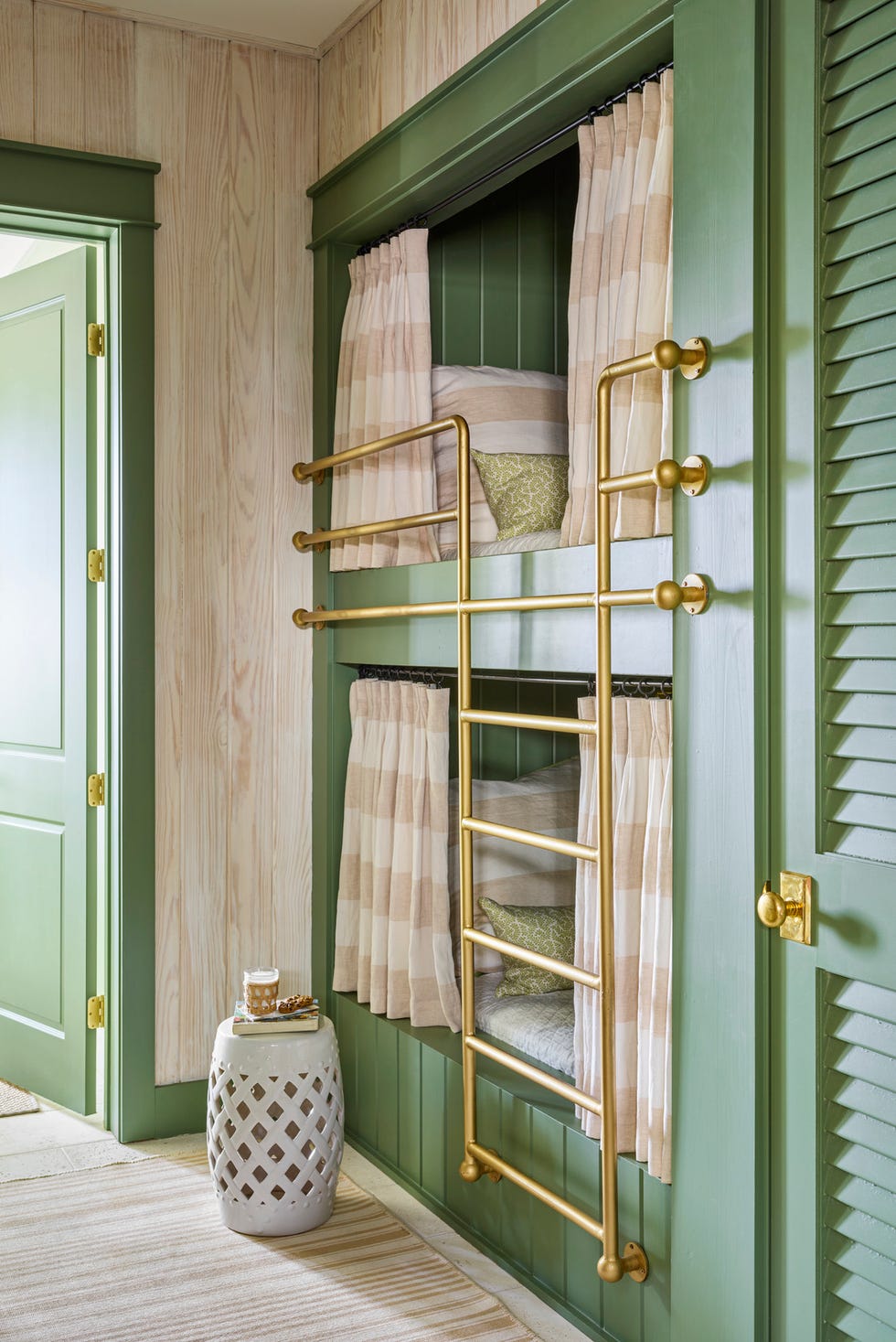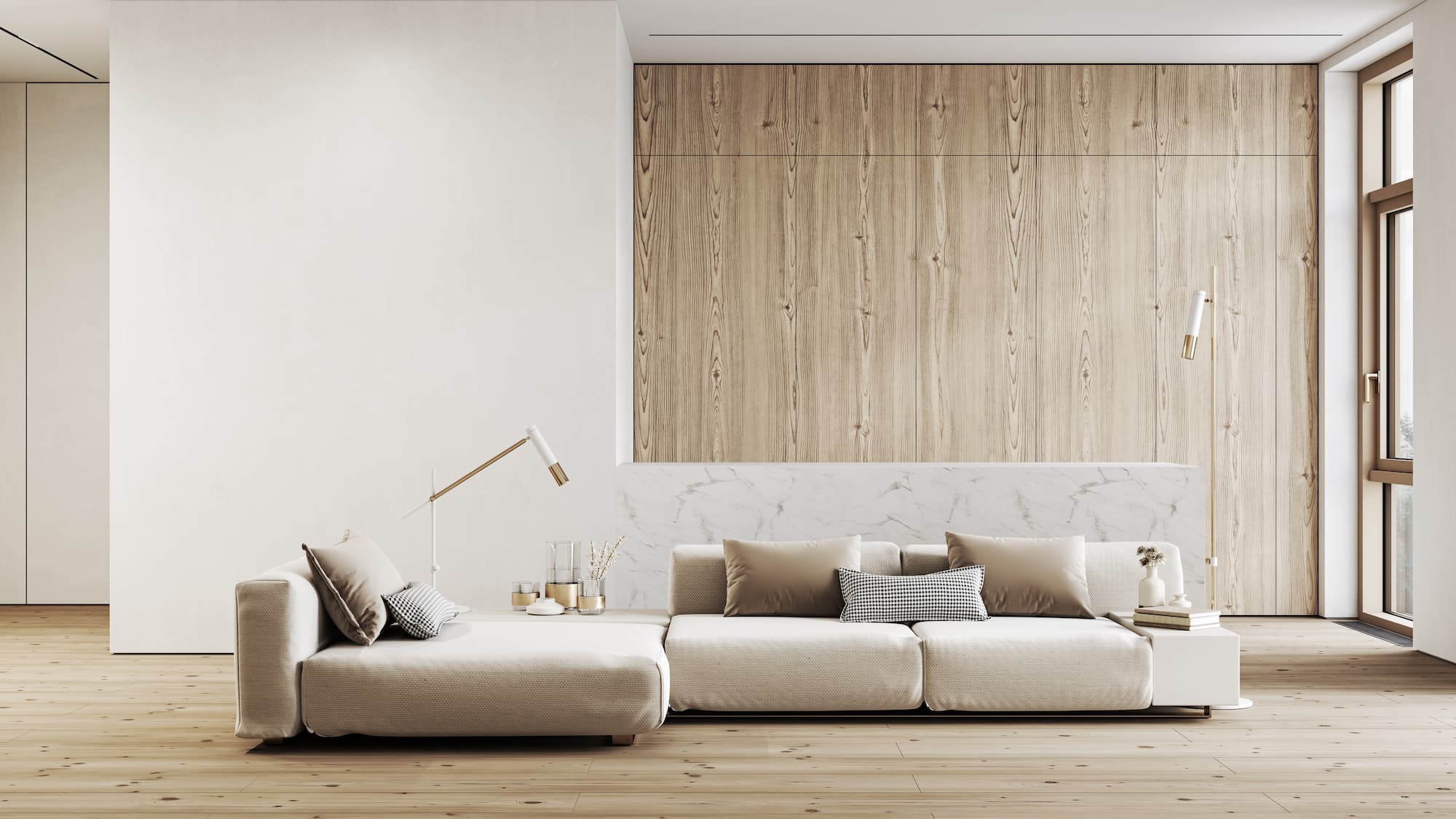Design a stunning look with miami interior design that reflects elegance and functionality.
Change Your Home With Vital Principles of Inside Style and Looks
By recognizing the impact of color concept and the value of texture and patterns, one can produce areas that are not just aesthetically enticing however additionally deeply personal. Attaining this equilibrium includes more than plain decoration; it includes a critical arrangement and a keen understanding of just how each element communicates within an area.
Comprehending Color Theory
Understanding the concepts of shade concept allows designers to create areas that resonate emotionally with occupants while fulfilling practical requirements. Each group plays an important function in developing consistency within an area.
The emotional influence of colors is extensive; cozy hues such as reds and oranges evoke power and heat, while great tones like blues and environment-friendlies promote peace and peace. The usage of complementary shades improves visual interest, producing striking contrasts that can raise an area's charm.
Neutral shades, on the other hand, serve as a versatile background, enabling various other layout aspects to radiate. It is vital to take into consideration aspects such as lighting and the area's objective when selecting a color palette, as these can modify the assumption of shades throughout the day.
Inevitably, a well-considered color scheme can change a room, fostering a feeling of convenience and design that lines up with the occupants' choices. Proficiency of shade theory is, consequently, an essential ability for any indoor developer intending to produce unified and welcoming atmospheres.
Accomplishing Equilibrium in Design
Just how can developers achieve a feeling of stability in their rooms? Attaining equilibrium in style is fundamental to developing harmonious interiors. Designers can make use of 3 primary kinds of balance: symmetrical, asymmetrical, and radial. In proportion balance entails organizing components evenly around a central factor, fostering a feeling of order and peace. This type frequently features sets of furniture or art work, improving visual stability.
Unbalanced equilibrium, on the various other hand, depends on differing elements that still attain a natural look. This approach permits for more dynamic and informal setups, supplying rate of interest while preserving stability. By thoroughly picking differing dimensions, colors, and appearances, developers can produce an aesthetically engaging space that feels well balanced yet energetic.
Radial equilibrium stresses a central centerpiece with elements radiating external. This design is generally seen in round layouts, where furniture and style develop a natural surround that attracts the eye internal.
Inevitably, achieving balance calls for thoughtful factor to consider of scale, percentage, and the partnerships in between components. interior design firms. By masterfully using these balance principles, developers can transform areas into environments that feel both cosmetically pleasing and functionally harmonious, boosting the total experience for passengers
Importance of Spatial Understanding

An eager sense of spatial recognition permits developers to determine focal factors within a room, directing the customer's focus to vital functions while preserving a total feeling of unity. It additionally assists in the calculated positioning of lighting, which can substantially influence the assumption of space and mood. Recognizing spatial relationships allows the developer to provide to the particular demands of occupants, making sure that each area serves its desired purpose without compromising appearances.
Inevitably, spatial understanding is crucial for maximizing the possibility of any type of indoor area. By very carefully taking into consideration the interaction between measurements, layout, and function, designers can produce settings that not just satisfy useful demands yet additionally evoke a sense of convenience and elegance, boosting the general living experience.
Incorporating Structure and Patterns
Accepting a varied series of textures and patterns can dramatically enhance the visual and responsive charm website link of an indoor space. The calculated use numerous products-- such as wood, metal, material, and rock-- creates depth and interest, making an area really feel more inviting and dynamic. Combining smooth surfaces with harsh textures can develop a balance that draws the eye and involves the senses.
When incorporating patterns, consider both range and repetition. Huge patterns can function as centerpieces, while their explanation smaller, subtle styles can complement various other aspects without frustrating the room. Layering patterns, such as pairing floral cushions with striped throws, adds intricacy and a sense of harmony if implemented thoughtfully.
It is likewise essential to maintain a cohesive color palette, making sure that textures and patterns interact instead of compete for focus. By selecting a few crucial structures and patterns, you can produce a merged visual that reflects your individual style while enhancing the overall atmosphere of the room. Inevitably, the cautious unification of these aspects can change a mundane area right into an innovative setting abundant with personality and warmth.
Individualizing Your Room
Producing a room that shows your individuality is essential to achieving an absolutely inviting setting. Customization in interior decoration permits you to infuse your distinct design and passions right into your home, transforming it from a simple shelter right into a shelter that talks to that you are. Begin by choosing a color combination that reverberates with your feelings-- vibrant hues can invigorate, while soft tones supply tranquility.
Include artwork and design that show your interests, whether it be travel, nature, or abstract concepts. Displaying individual collections, such as publications, photographs, or mementos, can stimulate valued memories and produce centerpieces within a space. Furthermore, think about tailoring useful pieces, like upholstered furnishings, to straighten with your visual preferences.

Verdict
In conclusion, the improvement of a home with the vital principles of interior decoration and appearance demands a detailed understanding of color theory, balance, spatial awareness, structure, and personalization. Each element adds considerably to producing an unified and practical living atmosphere - luxury interior design. By thoughtfully incorporating these concepts, individuals can improve the visual appeal and psychological vibration of their rooms, inevitably cultivating a home that reflects unique identifications while offering convenience and functionality